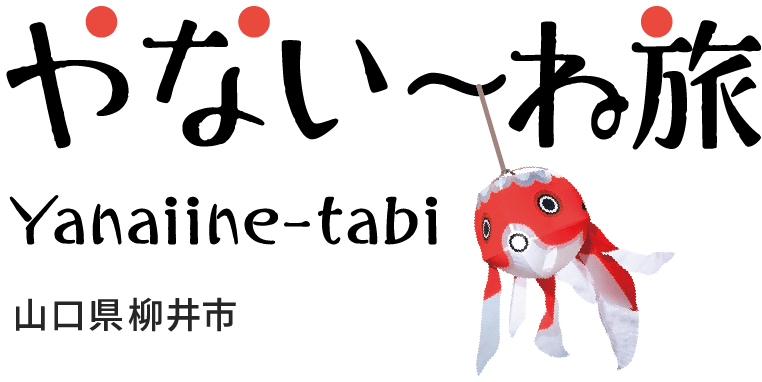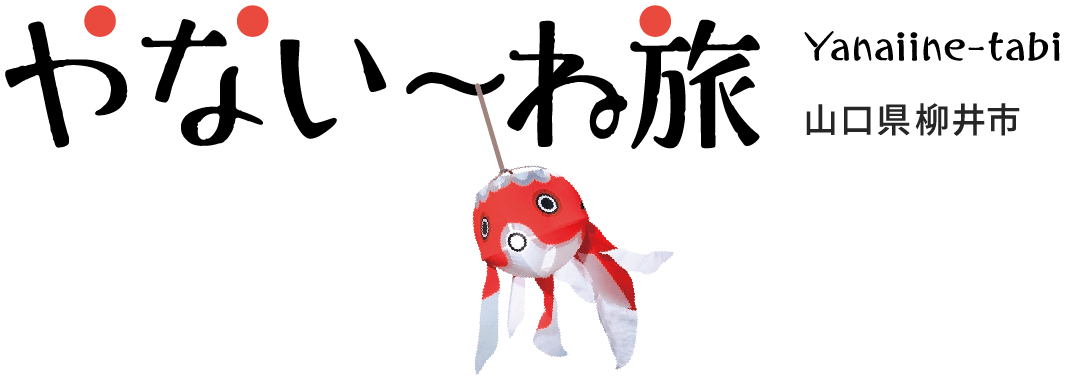This brick tower house is located in the center of Yanai’s Retro Street. A large disc music box is displayed so that all visitors will be able to enjoy various pieces of music composed by Mr. Isao Hashimoto, the only music box composer in Japan. This music box is a specially-constructed instrument using as many as 50 comb teeth, as compared to the usual 35. Their calm soothing sounds bring warmth to the hearts of all people passing by.
柳井市観光協会
Gessho Museum
This museum displays a number of exhibitions regarding the Japanese Buddhist monk and thinker “Gessho” who was an enthusiastic imperialist and a strong advocate of arming Japan for protection against foreign countries at the end of the Edo Period. He shared ideology with Shoin Yoshida and Gensui Kusaka, local Choushu Feudal Samurai engendered their close friendship.
At the museum, volunteer guide service is available so that visitors can get detailed explanations about major exhibitions. You can also visit “Seikyosodo” at the Myoen-ji Temple, a private academy that Gessho founded. From this academy, a number of great talents in the Meiji Restoration Period such as Taketo Akane were produced.
Hourai Bridge & Atago Jizou (Hifuse Jizou)
Hourai Bashi, the oldest bridge in Yanai, was built in 1663 to connect a reclaimed piece of land called “Kogaisaku” and “Yanaitsu” side and provided many locals with the only means to travel between the two sides. Koukan Shiba, a great artist of the Edo period, wrote about going over this bridge in his book “Saiyu Nikki (Travel Diary of the West)”. “Gangi (stone stairs)” where boats would be docked and “Okimi Ishi-doro (stone lantern)” to guide incoming boats to dock remain up until today. At the foot of Hourai Bridge, “Atago Jizou (stone statue of fire safety deity)” quietly watch over the town of Yanai, in which fire would frequently broke out.
Koudai-ji Temple (Wan Wan Dera)
This uniquely-shaped 2-story temple gate was built in China’s Ming Dynasty style and has been known for its interesting resonating sound through a large space inside the white plastered tunnel. If you clap your hands under the tunnel-like gate, the echo sounds like “Wan Wan”, so many local people have been calling the temple “Wan Wan Dera”. There is a monument engraved with “Kunikida Doppo’s Soyu no Chi” on the right side of the gate commemorating the visit of famous novelist Doppo Kunikida, one of Meiji’s great Japanese novelists, who lived in the neighborhood and would often stop by this temple during his favorite pastime of walking.
Doppo Kunikida’s Former Residence
A famous Japanese novelist, Doppo Kunikida, spent 2 years (1892-1894) in his early twenties in this house. His desk and favorite moon guitar are displayed here. You can feel the nostalgic atmosphere once you enter this tranquil house. His novels, “Kodomo no kanashimi (A Child’s Sorrow)” and “Okimiyage (Parting Gift)” took place in Yanai.
*You connot actually go inside and take a tour. It can only be viewed from outside.
Muroya-no-sono Merchant House Museum (Prefecture’s Important Folk-cultural Property)
Muroya is a trade name of the Oda Family who prospered as oil merchant in Edo Period. Later they became one of the most wealthy merchant houses in western Japan. The family owned as many as 50 trading ships during the Edo Period and its trading area expanded from Kyushu to Osaka. Today, this is one of Japan’s biggest merchant houses well-preserved since that era, having 11 buildings with 35 rooms including a main house, a main warehouse, an accounting house, a rice warehouse, a tool shed and a Chugen samurai room. By looking at various living wares and business tools displayed in the museum, you will know how prosperous the family was during that time. The museum also holds special events such as seasonal displays and photo exhibitions.
Yanai Machinami Museum/Matsushima Utako Museum
This building was constructed in 1907 (Meiji 40) as the head office of Suo Bank. One of few such buildings in Japan, the stately appearance of the former bank can be felt even today. It was designed by Sato Setsuo, the star pupil of Nagano Uheiji, who worked on many Western-style buildings in the Meiji period. Suo Bank later underwent several mergers, and the building was donated to Yanai City by its final owner, The Yamaguchi Bank Ltd., in 1998.
The first floor of the building is used as the Machinami (Townscape) Museum, exhibiting models of townhouses in Yanai’s Townscape Preservation District. The second floor is a memorial museum to the late Matsushima Utako, a Yanai-born singer. The museum exhibits various items related to Ms. Matsushima, who was a representative singer of popular music in the Showa period (1926–1989). Visitors can see her beloved piano, as well as vinyl records including her hit song “Maronie no Kokage” (The Shade of the Horse Chestnut Tree), posters, and more.
Yanai Fruits Gifts & Parlor Hoshi Fruits
With expertise developed over 45 years in the business, Hoshi Fruits sells fruit gifts, parfaits and cakes made with luxurious amount of high-grade fresh fruits procured from the markets of Hiroshima and Okayama.
Customers can eat-in at the café on the store premises.
Fujiyama Coffee Roasters Yanai Shirakabe Branch
“Fujiyama Coffee Roasters Yanai Shirakabe Branch” is located in the Shirakabe historical district, selected as a Nationally-Important Preservation District for Groups of Traditional Buildings in 1984.
Branch-exclusive drinks and seasonally-limited “kakigori” (shaved ice) are available here.
With around 10 seats, customers can take a relaxing break from walking around the Shirakabe historical district.
The branch also stocks a variety of Yanai souvenirs, including Yanai-branded products and artworks by Yanai handmade artists.
Please feel free to visit as a break in your stroll around Shirakabe, or for some souvenirs of Yanai.
Karari
This store sells a range of accessories made using Yanai-jima textiles, such as coin purses, business card holders, and book covers.
Karari also holds an accessory-making class called “Hitohari Yokocho” (Stitch Alley).


























